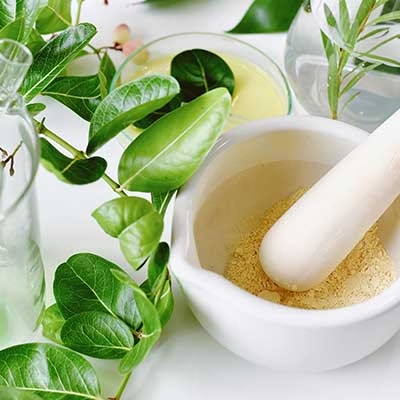Rabat – The term “natural” is now being used on cosmetic products, leading people to believe the product is safer. To begin with, not everything described as “natural” is actually derived from nature.
Moreover, natural products are becoming more expensive than ever before, compared to some cosmetics products.
A preliminary study of 100 skincare products on Amazon marketed as natural found that only 42% were. In fact, most of the natural skincare products contained at least two synthetic ingredients, according to a BBC Lifestyle report.
“Natural” in the cosmetics and skincare world typically refers to ingredients derived from nature, such as plants, minerals, and animal byproducts, rather than synthetically produced in a lab. However, there is no official definition or regulation that defines what constitutes “natural.”
According to the US Food and Drug Administration (FDA), there is no standard that companies must adhere to in order to include the word “natural” on their labels. This means that a “natural” product may contain a few plant-based ingredients, or just one.
What it actually means
Many natural products also carry other labels like fragrance-free, hypoallergenic, non-toxic, or organic. Here’s what those actually mean:
Fragrance-free: Contains no added fragrances, natural or synthetic. And by the way; “unscented” doesn’t mean the same thing—it may still contain chemicals that mask scent.
Hypoallergenic: Meant to cause fewer allergic reactions, but the term isn’t regulated—any company can use it.
Non-Toxic: Another unregulated term used more for marketing than scientific accuracy.
Organic: Unlike “natural,” organic is regulated by the USDA. Products can only use this term if they meet specific requirements (e.g: 95% of ingredients must be organically grown to use the USDA seal).
Paraben-free, Phthalate-free, Sulfate-free: These terms highlight the absence of specific chemicals that may be linked to hormone disruption or irritation. according to Savannah river dermatology
The differences between a natural and organic products
USDA organic seal: To display the USDA Organic Seal, a product must be made with at least 95% organic agricultural ingredients.
Organic” or “100% organic: Products that say this may or may not bear the USDA Organic Seal. But they do have to display the name and address of the agency that certified their organic status.
Made with organic ingredients: Any product labeled with this term must be made with at least 70% organic ingredients. According to Cleveland clinic health essentials.
Consumers may benefit from looking beyond marketing terms and checking ingredient labels to better understand what they’re using.
















